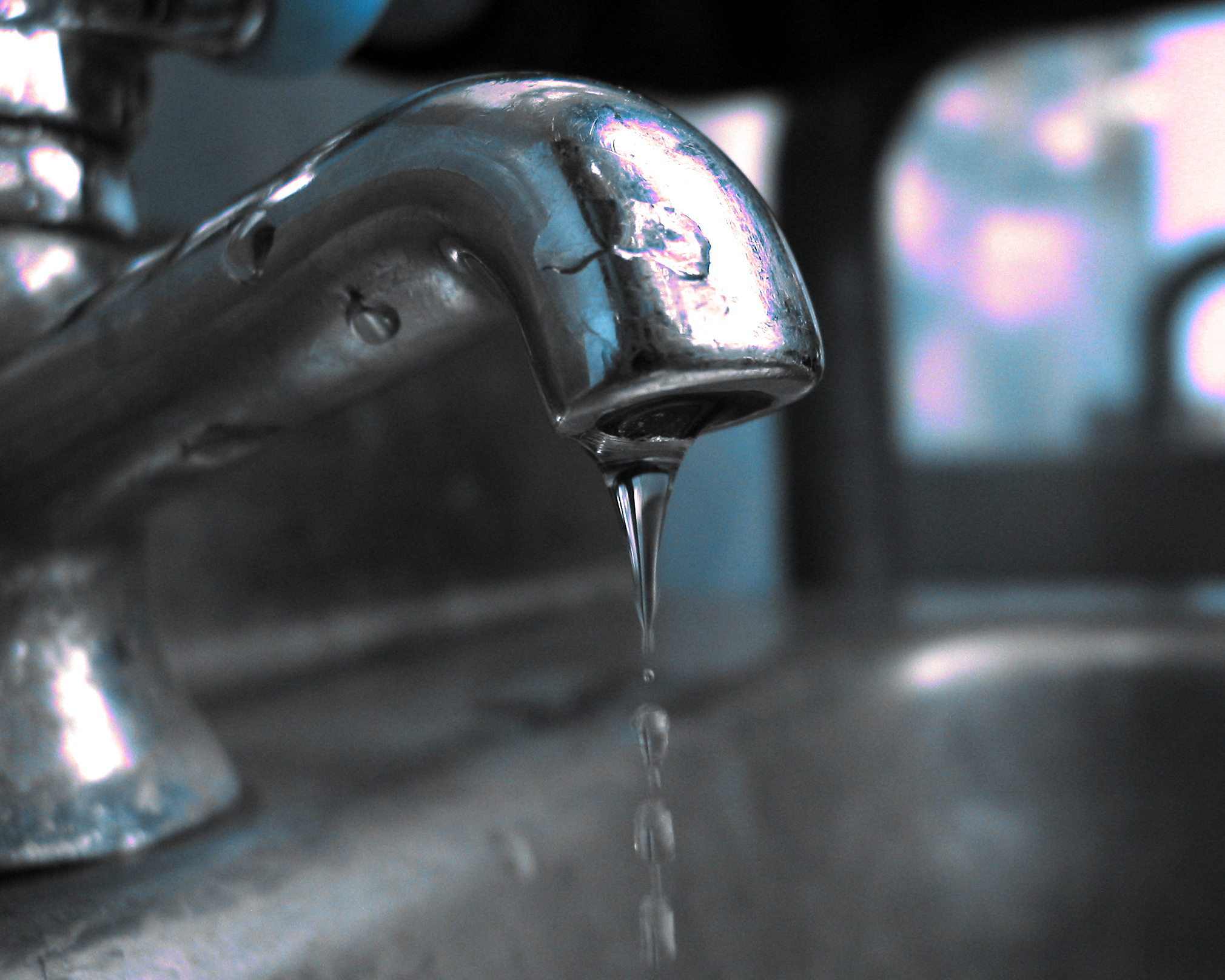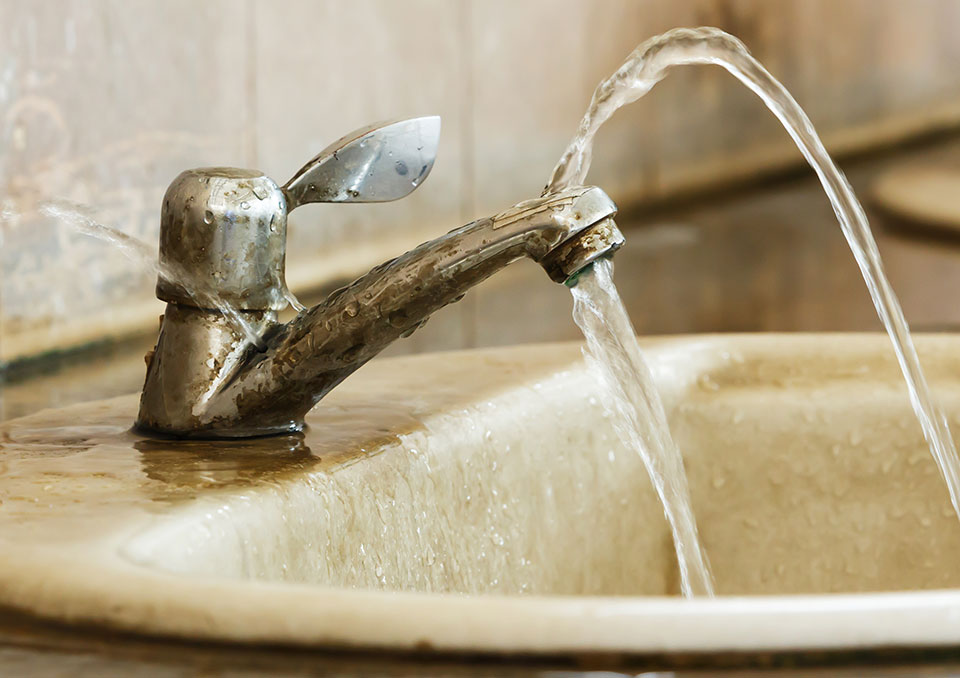Exploring the Value of Resolving a Broken Faucet
Exploring the Value of Resolving a Broken Faucet
Blog Article
Listed here below you will discover additional helpful information about Why Is It Important To Fix Your Leaking Tap/Faucet?.

Leaking taps might feel like a small inconvenience, however their influence exceeds just the inconvenience of the audio. From wasting water to incurring unnecessary economic prices and health threats, neglecting a leaking faucet can cause various consequences. In this short article, we'll explore why it's critical to address this typical home concern promptly and properly.
Wastefulness of Water
Environmental Effect
Trickling faucets add dramatically to water wastage. According to the Epa (EPA), a single tap dripping at one drip per secondly can squander greater than 3,000 gallons of water each year. This not just stress water resources yet additionally affects ecological communities and wild animals based on them.
Step-by-Step Overview to Taking Care Of a Dripping Tap
Devices Needed
Before attempting to deal with a trickling tap, gather the necessary tools, consisting of an adjustable wrench, screwdrivers, substitute parts (such as washing machines or cartridges), and plumber's tape.
Typical Tap Issues and Their Solutions
Identify the type of faucet and the details concern causing the drip. Typical issues consist of worn-out washers, rusty shutoff seats, or damaged O-rings. Refer to manufacturer guidelines or online tutorials for step-by-step advice on repair services.
Financial Costs
Raised Water Costs
Beyond the environmental impact, leaking faucets can inflate water bills substantially. The gathered wastefulness gradually converts right into greater utility costs, which could have been prevented with timely fixings.
Potential Residential Or Commercial Property Damage
Moreover, extended trickling can cause damage to components and surfaces surrounding the tap. Water buildup can cause discoloration, rust, and also structural concerns if left unattended, resulting in added repair work costs.
Health and wellness Problems
Mold and Mold Development
The constant visibility of moisture from a leaking tap creates an optimal atmosphere for mold and mildew development. These fungi not just compromise indoor air quality but additionally posture health and wellness risks, particularly for people with breathing problems or allergies.
Waterborne Diseases
Stagnant water in leaking taps can become a breeding ground for bacteria and various other microorganisms, raising the danger of waterborne illness. Contaminants such as Legionella germs grow in stagnant water, possibly bring about significant illnesses when ingested or inhaled.
Do it yourself vs. Expert Repair service
Benefits and drawbacks of Do It Yourself Repair Service
While some may attempt to deal with a leaking tap themselves, DIY fixings include their very own collection of obstacles. Without proper understanding and tools, do it yourself efforts can aggravate the problem or cause insufficient repairs, lengthening the trouble.
Benefits of Hiring an Expert Plumber
Employing a professional plumber makes certain that the underlying root cause of the leaking tap is attended to successfully. Plumbers possess the knowledge and equipment to diagnose and fix tap concerns effectively, conserving time and minimizing the risk of more damages.
Ecological Obligation
Private Payment to Preservation
Taking duty for taking care of leaking taps straightens with wider efforts towards water preservation and environmental sustainability. Every person's actions jointly make a substantial influence on preserving valuable sources.
Lasting Living Practices
By prioritizing prompt repair services and taking on water-saving routines, people contribute to lasting living practices that benefit both existing and future generations.
Safety nets
Regular Upkeep Tips
To stop trickling faucets, do routine maintenance such as cleaning up aerators, evaluating for leakages, and changing worn-out components without delay. Additionally, consider setting up water-saving devices or updating to extra efficient components.
Relevance of Prompt Repair Works
Addressing trickling taps as quickly as they're noticed avoids further water wastage and prospective damages, inevitably conserving both water and money in the future.
Impact on Residential Property Value
Understanding of Well-Maintained Home
Preserving a property in good condition, consisting of attending to maintenance problems like dripping taps, boosts its viewed value and worth amongst prospective purchasers or occupants.
Impact on Resale Worth
Properties with well-kept plumbing components, consisting of taps, command greater resale values in the property market. Attending to leaking taps can contribute to a positive impact during residential property examinations and settlements.
Final thought
Dealing with a dripping tap surpasses simple comfort; it's an important step toward conserving water, lowering economic costs, and protecting health and wellness and property. Whether through DIY repair work or specialist help, taking action to fix leaking taps is a small yet impactful method to advertise liable stewardship of sources and contribute to a healthier, a lot more lasting future.
How to Fix a Leaky Faucet: Step-by-Step Repair Guide
A leaky faucet may seem like a simple annoyance, but if it's not fixed promptly, that leak could cost hundreds to potentially thousands. From water damage to mold, mildew, and high water bills, even a tiny leak can be catastrophic if left unattended. Damage like this can even affect the overall value of your home, so it's important to take the right approach for leaky faucet repair. You may need the help of a plumber in some cases, but we've got a few tips you can try on how to fix a leaky faucet before calling the pros.
Four Faucet Types
When you're learning how to fix a leaky faucet, the first step is knowing what kind of faucet you're working with! There are four common types.
Cartridge Faucets
Cartridge faucets come in one- or two-handled varieties. In one-handled cartridge faucets, hot and cold water combines in a single cartridge. In the two-handled versions, hot and cold water are controlled separately and mixed in the faucet.
Ball Faucets
Ball faucets have a single lever you push up and down to adjust the pressure and rotate to change the temperature. A slotted metal ball controls the amount of water allowed into the spout.
Compression Washer Faucets
They're the oldest type of faucet, but they're still used in many homes — especially older ones. Compression faucets have two separate handles that, when turned, raise or lower the washer that seals a water valve. This valve stops water from flowing through the faucet when it is turned off.
Disc Faucets
Disc faucets rarely need to be repaired due to their maintenance-free design. The water flow is controlled by two discs — the upper one raises and lowers against a fixed lower disc, creating a watertight seal. If your disc faucet starts leaking, you may need to replace the seals or clean residue buildup from the inlets.
Fixing a Leaky Faucet
Step 1: Turn Off the Water
Whether you're learning how to fix a leaky bathtub faucet or how to fix a leaky kitchen faucet, always turn off the water supply to your working area when you're fixing a leak. The last thing you want is a flood added to your list of things to fix.
Look for the shutoff valves below your sink or around the tub and turn them clockwise to stop the water flow. If your faucet doesn't have shutoff valves, you may need to turn off the water for the whole house. Check to make sure it's off by turning the faucet on. If nothing comes out, you're ready to start the repair.
Step 2: Take Apart the Faucet
How you disassemble your faucet depends on the type of fixture you have. You can use a flathead screwdriver to remove the caps on top of the handle or handles for cartridge and compression faucets. Inside, you should see handle screws. Unscrew these with a screwdriver to remove the handle.
Disc- and ball-style faucets will typically have an inlet screw near the handle, and removing that will reveal the interior of the faucet.
Detach the Valve Stem
For cartridge- and compression-style faucets, you'll see the inner valve stem or cartridge once you remove the faucet handles. If you have a compression faucet, unscrew the brass valve stem. If you have a cartridge faucet, pull out the cartridge. If your cartridge has been in place for a while, it may require some tools or extra force to remove it due to mineral deposits.
Examine and Replace Parts
Once you've removed the parts, check them out to confirm what needs to be replaced. You may see corroded rubber washers, O-rings, stems, or cartridges. On a ball-style faucet, check the seats and springs for damage.
If you need to repair a leaky disc faucet, check the inlet and seals on the lower disc.
Once you determine what parts must be replaced, visit your local hardware store. Bring the damaged parts with you to ensure you can purchase the correct components to replace them.
Clean Valves and Faucet Cavity
If you've removed a stem or cartridge, you may notice mineral buildup in the faucet's threads. Use white vinegar to clean the valve seat by soaking it for a few minutes, then scrub it away with a soft toothbrush and rinse with warm water. You can also clean the interior of the faucet in the same way.
Reassemble the Faucet
Once your faucet is cleaned and the required parts have been replaced, it's time to reassemble it. Put the pieces back together and slowly turn the water supply back on. Doing this slowly is crucial because too much initial water pressure can damage the new hardware you've just installed.
https://homewarranty.firstam.com/blog/how-to-fix-leaky-faucet

Do you appreciate reading about What Causes Leaky Faucets & How To Fix Them? Write feedback down the page. We'd be pleased to know your thoughts about this write-up. We hope that you come back again before long. Sharing is good. Who knows, you may be doing someone a favor. I am grateful for being here. Come back soon.
Report this page